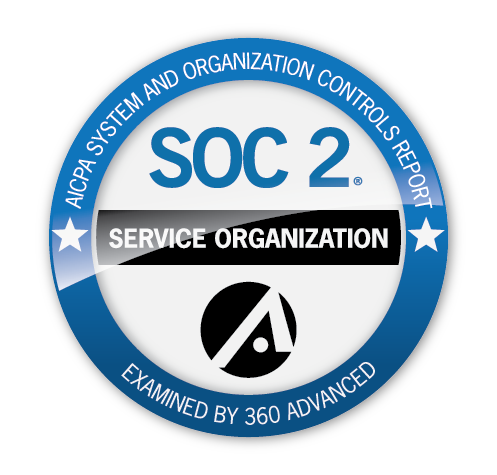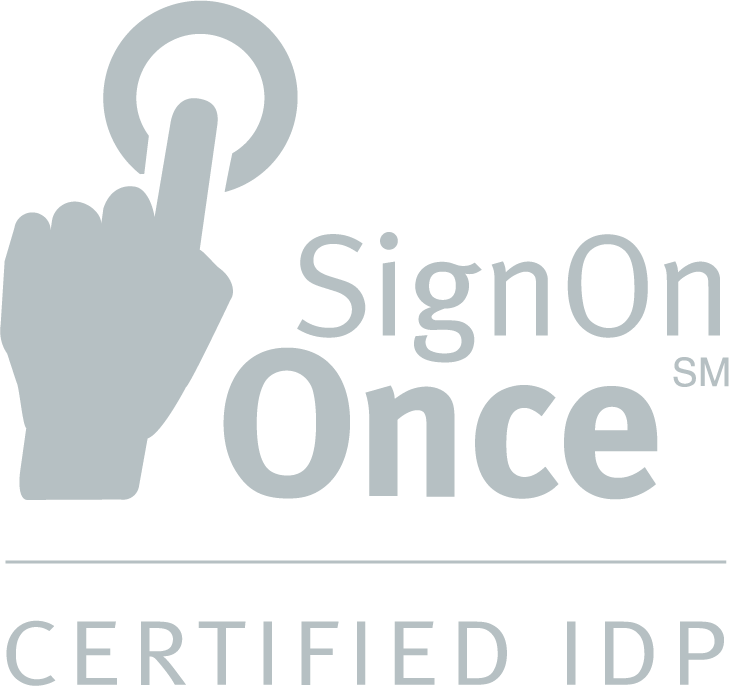The MGA space has always been about relationships. But in today’s market, winning MGAs rely on old-fashioned relationship building, augmented with tech solutions, and backed by data.
That was the underlying message from a fireside chat at Vertafore’s Accelerate conference. According to Vertafore’s vice president of insurance solutions, Kelly Maheu, MGAs that use data and technology to better inform their risk selection not only secure carrier capacity but also maintain it.
Maheu was joined by Mark Breading, senior partner at ResourcePro; and Praveen Reddy, Global President and COO of Innovisk Capital Partners. The trio agreed that using high-quality data and tech tools that enhance information communication is necessary for MGAs to gain carrier trust and succeed in today’s market.
Data and predictive analytics: Tech tools to overtake competition
Building the right kind of digital tools involves understanding the value MGAs bring to carriers. Compared to MGAs, carriers are large ships—they don’t turn very fast. As large ecosystems with many moving parts, carriers rely on MGAS to stay nimble for them.
MGAs, on the other hand, are becoming more and more specialized and can quickly make innovations that fit their niche or start up in a new space entirely.
Basically, MGAs provide agility and innovation carriers need, Reddy said.
That innovation involves any of the myriad forms of data collection available today, from aerial images to real-time data sources. And what sets one MGA apart from another in the marketplace is the quality and effective usage of that data. As Reddy said:
That's where the game is shifting—understanding how to ingest data sources of those kinds and then share those with your partners, MGA to carrier. It’s not just about understanding risk and pricing. It's also about serving the customer and distribution.
Tools that turn trust into customer service
Data collection alone won’t go that far in gaining carrier capacity. Reddy and Breading also shared thoughts on how MGAs can use that data to develop carrier trust.
One useful digital tool is APIs, which turn verbal communication and rudimentary data-sharing methods into system-to-system communication.
By sharing that data directly through software, MGAs and carriers know the data can be trusted without leaving a lot of room for human error or software incompatibility.
How data modernization in insurance creates the information feedback loop
MGAs can do a lot of work to gain trust from carriers through their data, but the other half of the information-sharing equation is what carriers can share with MGAs.
Reddy and Breading said that carriers understand the historical performance of their own particular lines of business or risk. MGAs can take insights from data, feed it back into pricing underwriting, and then work with carriers to “define the product.”
In this way, carriers and MGAs can work together to understand what data has predictive capability.
The combination of communication between carriers and MGAs and technology that collects real-time data can take the industry from one that looks at historical data only and then makes predictions going forward.
In similar ways across the board, using technology solutions to collect and process data can continue to accelerate the MGA space.
As ResourcePro’s Breading put it:
It’s harder to survive and thrive as an MGA unless you are sophisticated from a digital standpoint.


